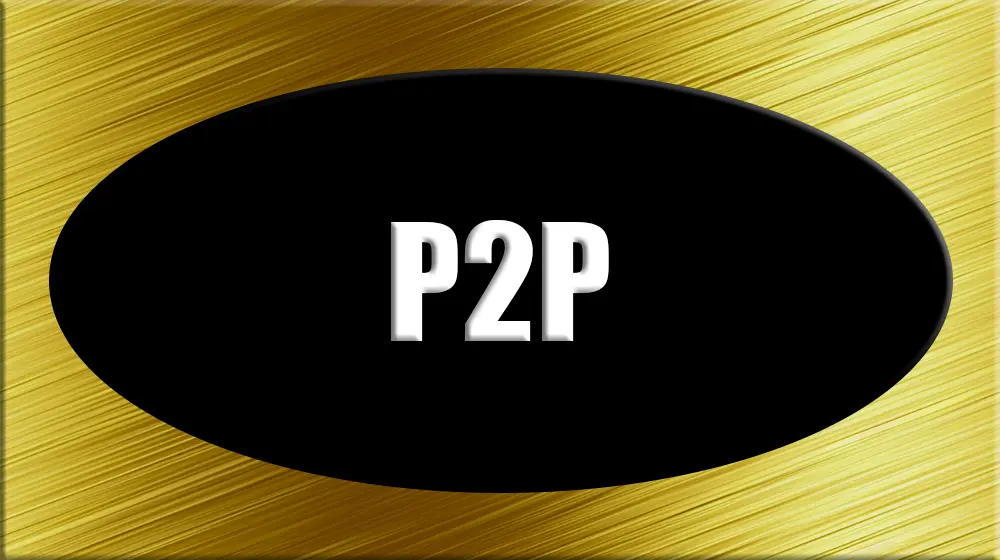A parachain is a specialized blockchain that runs parallel to the main blockchain, known as the relay chain, in the Polkadot ecosystem. Parachains are designed to operate independently while leveraging the security, scalability, and interoperability provided by the relay chain. This allows parachains to focus on their specific functionalities and use cases without worrying about the underlying infrastructure.
Key characteristics of parachains include:
- Interoperability: Parachains can communicate and interact with each other through the relay chain, enabling the transfer of assets and data across different blockchains seamlessly. Blockchain interoperability is the ability of different blockchain networks to communicate and interact with each other seamlessly. It enables data transfer, asset exchange, and cross-chain smart contracts, enhancing the overall functionality and utility of blockchain technology.
- Customization: Each parachain can be tailored to serve specific purposes or industries, such as finance, gaming, or supply chain management, allowing for specialized functionalities. Blockchain customization refers to the ability to tailor blockchain technology to meet specific needs or use cases. This involves modifying aspects like consensus mechanisms, smart contracts, and governance models to suit particular applications or industries, enhancing the blockchain’s functionality and efficiency. Examples include private blockchains for enterprise solutions and specialized networks like Polkadot’s parachains.
- Shared Security: Parachains benefit from the shared security model of the relay chain, meaning they do not need to establish their own security mechanisms, reducing overhead and enhancing overall network security. Blockchain shared security is the concept where multiple blockchains leverage a common security framework, typically provided by a primary network. This approach ensures that individual blockchains benefit from the collective security measures, such as the consensus mechanism of the main chain, enhancing overall network robustness. Examples include Polkadot’s relay chain and its parachains.
- Scalability: By operating multiple parachains in parallel, the Polkadot network can handle a higher number of transactions and activities simultaneously, improving scalability. Blockchain scalability refers to the ability of a blockchain network to handle an increasing number of transactions efficiently. It aims to improve transaction speed and throughput while maintaining security and decentralization. Scalability solutions include Layer 2 protocols like Lightning Network and Optimistic Rollups, and techniques like sharding used in Ethereum 2.0.
Examples of parachains include:
- Acala: Acala is a decentralized finance (DeFi) hub and stablecoin platform for the Polkadot network. It offers various financial services, including lending, borrowing, and decentralized exchange, using a multi-collateralized stablecoin called aUSD.
- Moonbeam: Moonbeam is a smart contract platform that provides Ethereum-compatible smart contracts on the Polkadot network. It enables developers to deploy existing Ethereum DApps with minimal changes, leveraging Polkadot’s interoperability and scalability.
- Phala Network: Phala Network is a privacy-focused parachain that provides confidential smart contracts and data protection services. It aims to offer secure and private cloud computing services on the Polkadot ecosystem.
- ChainX: ChainX is a cross-chain asset gateway that enables the transfer and management of assets across multiple blockchains. It focuses on interoperability and asset management within the Polkadot network.
- Kusama: Kusama is an experimental version of Polkadot that serves as a proving ground for new features and projects. It operates similarly to Polkadot but allows for faster iteration and experimentation, making it an ideal environment for testing new parachains.
In summary, a parachain is a specialized blockchain that runs in parallel with the relay chain in the Polkadot ecosystem. Parachains benefit from shared security, interoperability, and scalability, allowing them to focus on specific use cases. Examples include Acala for DeFi services, Moonbeam for Ethereum-compatible smart contracts, Phala Network for privacy solutions, ChainX for cross-chain asset management, and Kusama for experimentation and testing.




